Why Spain is a great place for kids
Choosing the city that's right for you
Choosing the visa that's right for you
More than just great weather
Why Spain provides a better quality of life
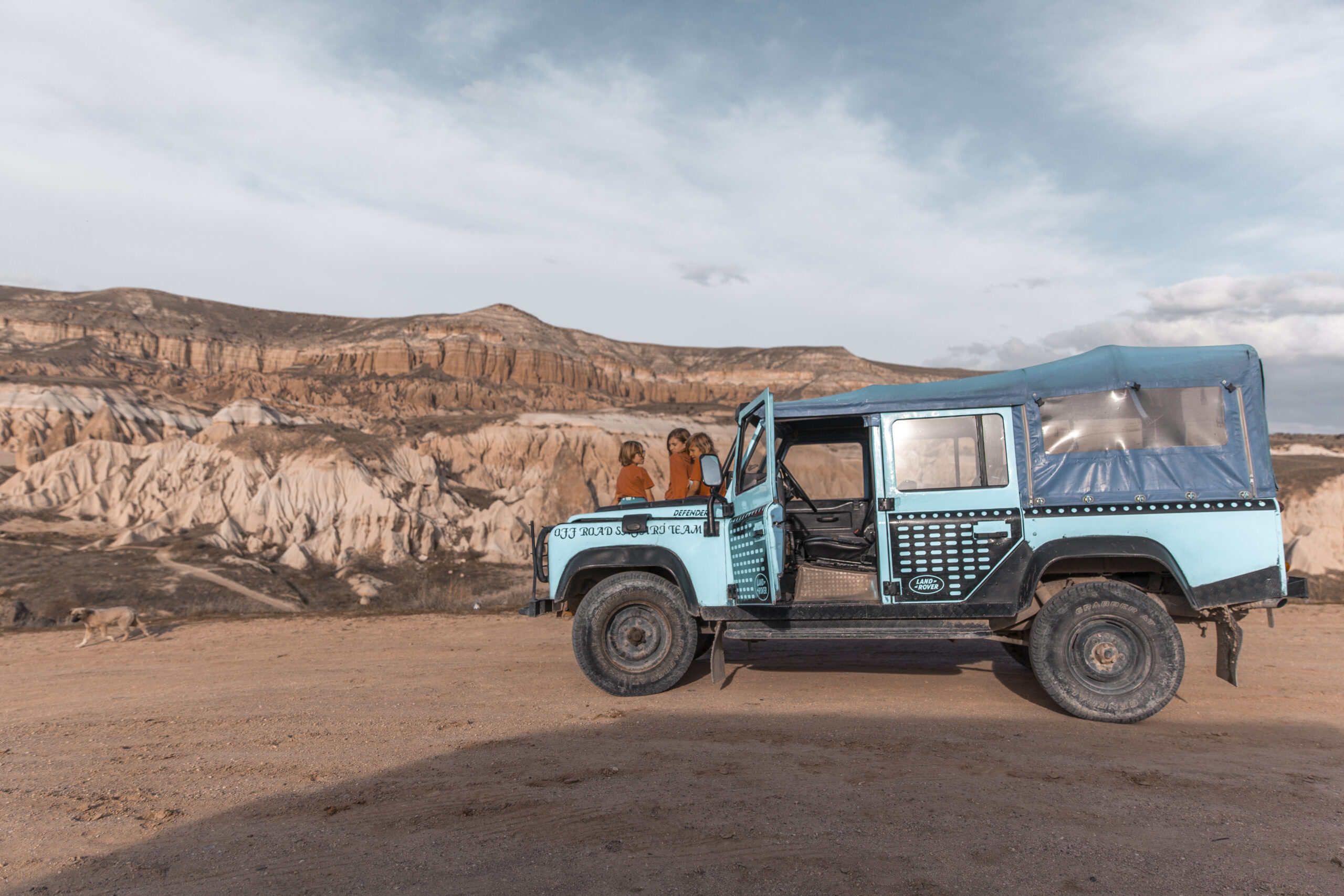
How we Plan
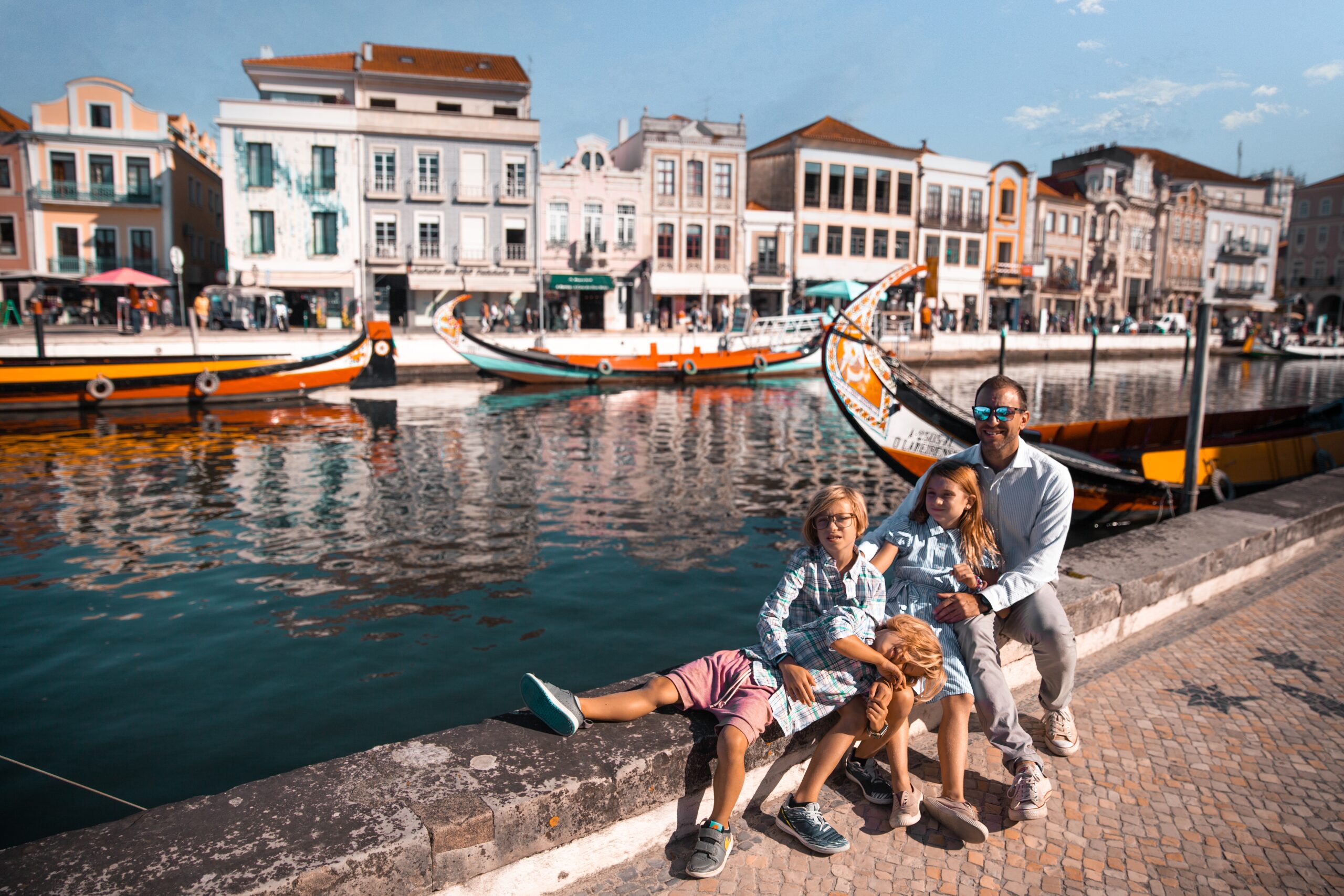
What we pack
Choosing Travel Insurance
Book Your Hotel
with Booking.com
Book Your Car
with RentalCars.com
Book Your Flight
with Skyscanner.com
Book Your Tour
with GetYourGuide.com
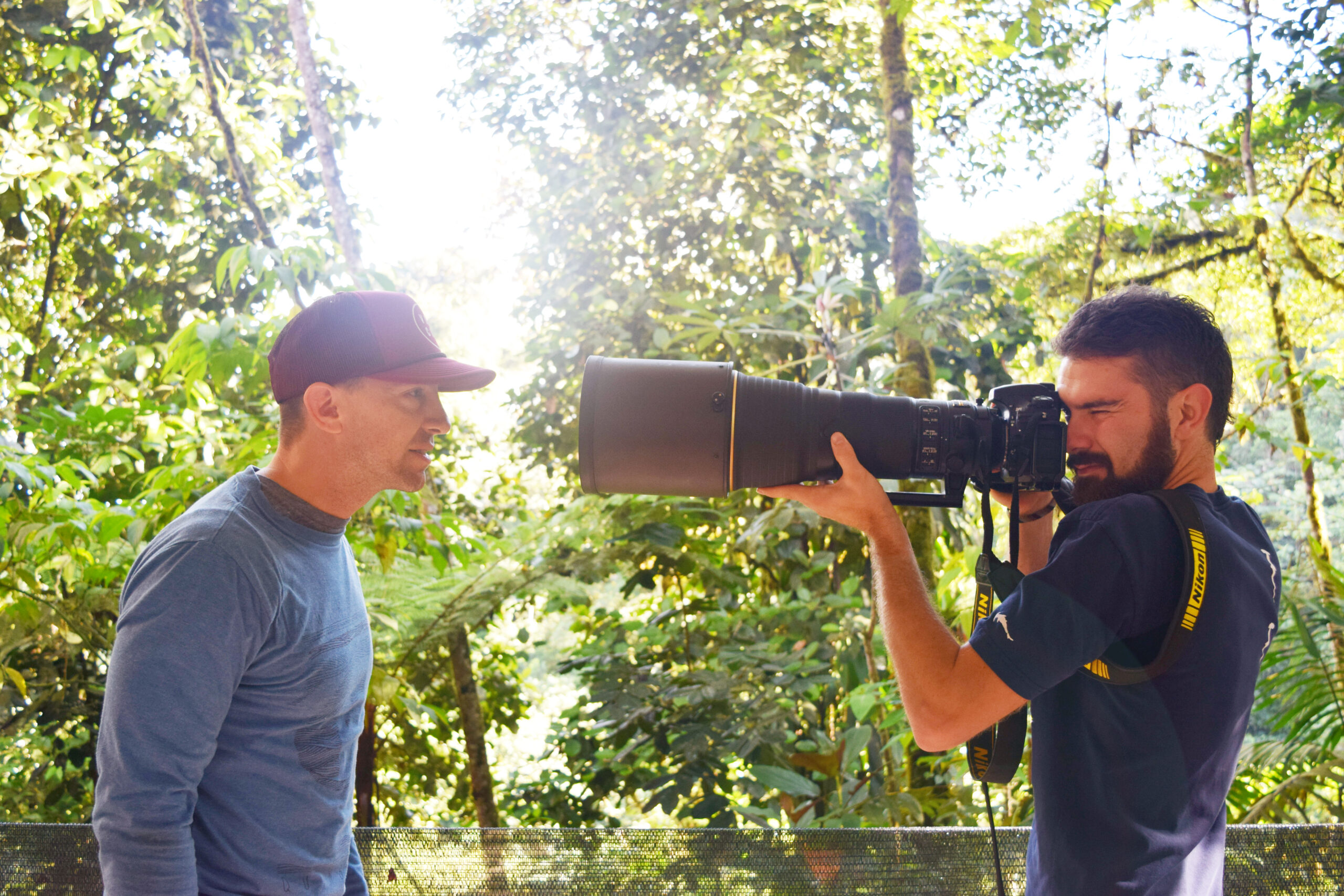
Our Camera Gear
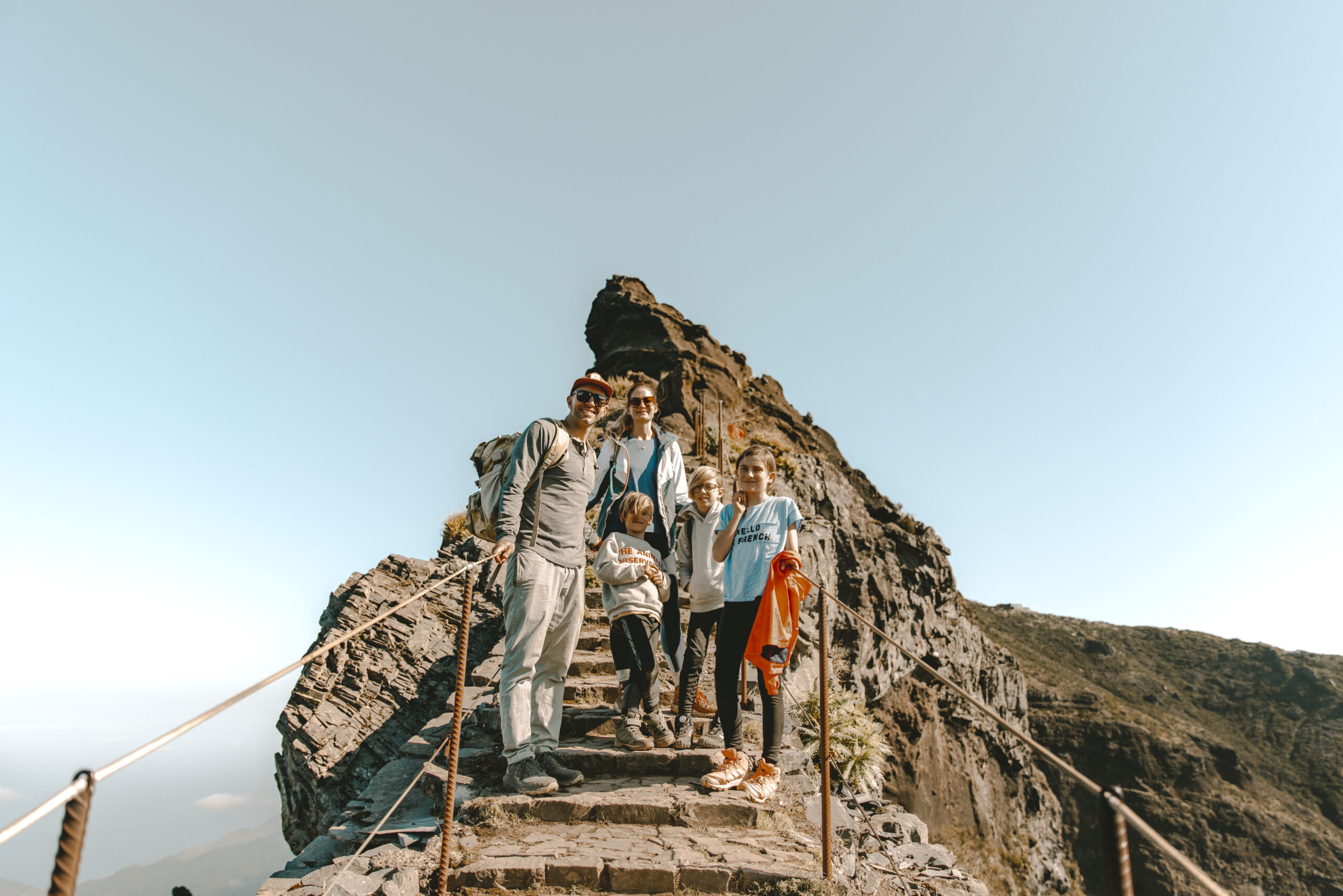
How We Fly
Choosing Your Destination
Guide to...
Norway
Norway, a land of awe-inspiring natural beauty and Nordic allure, captivates with its dramatic landscapes, deep fjords, and snow-capped mountains.
- Bergen
- Preikestolen
- Trolltunga
- Fjord Tour
- Kjeragbolten
- Stavanger
- Waterfalls
Map
Weather
Itineraries
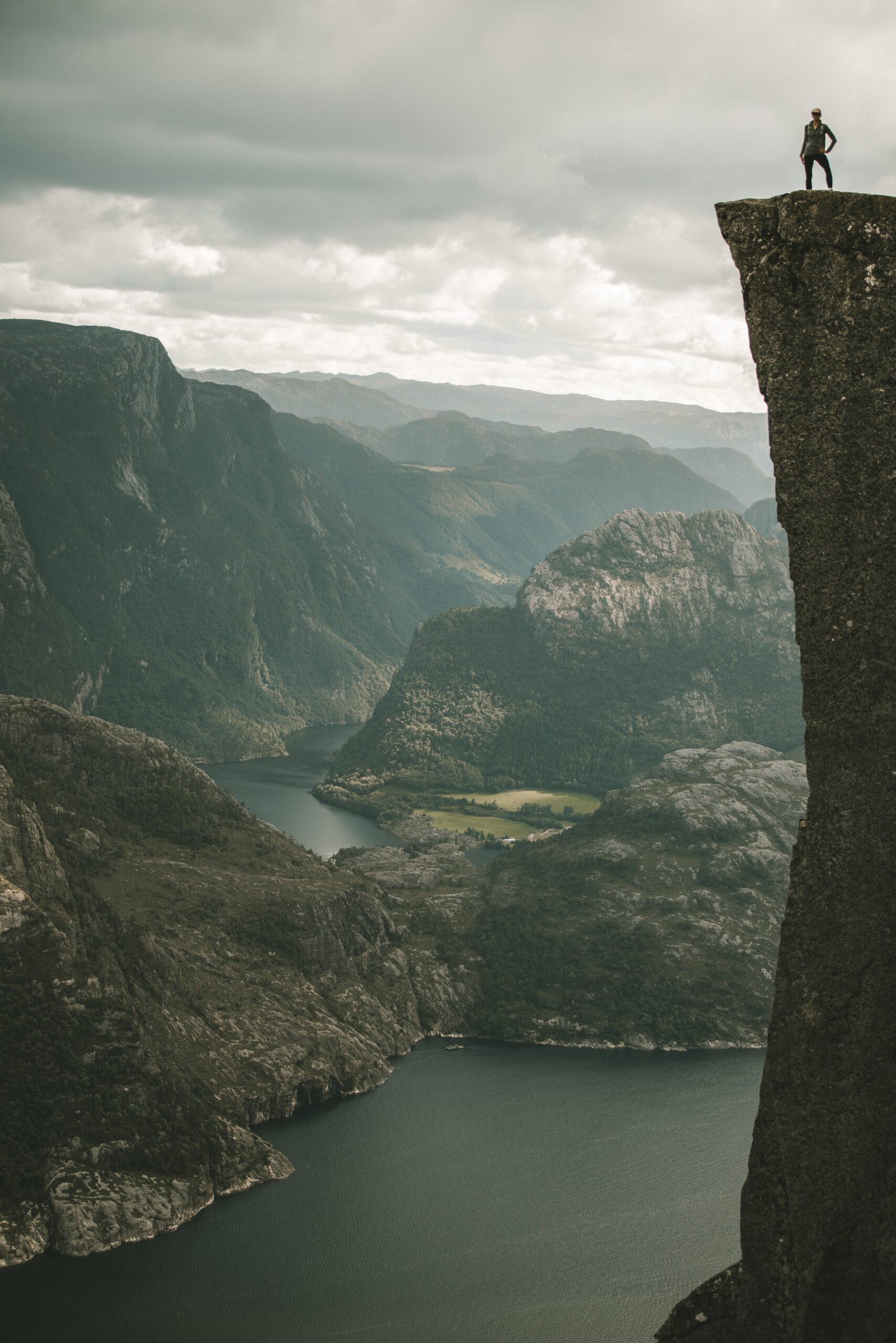
Coming Soon...
bergen
Top Five Restaurants in bergen
Enhjørningen Fiskerestaurant, located in the historic Bryggen district, specializes in fresh seafood. The restaurant’s charming, rustic atmosphere complements its menu, which features dishes like traditional fish soup, pan-fried cod, and grilled halibut.
Bare Vestland offers a unique dining experience with its focus on New Nordic cuisine. Using locally sourced ingredients, the restaurant creates innovative dishes such as fermented lamb and seaweed butter. The cozy, intimate setting makes it a favorite among locals and tourists.
Situated on a small island just outside Bergen, Cornelius Sjømatrestaurant provides a scenic dining experience. Specializing in seafood, the restaurant offers a daily “meteorological menu” based on the catch of the day and the weather conditions.
Known for its modern take on Norwegian cuisine, Lysverket is a must-visit for food enthusiasts. The menu features creative dishes like reindeer tartare and cod with smoked butter. Located in the KODE art museums, it offers a sleek, contemporary ambiance.
Nestled in Bergen’s meat market, Restaurant 1877 focuses on traditional Norwegian fare with a modern twist. The seasonal menu includes delicacies such as slow-cooked lamb and smoked trout. The historic setting adds to the restaurant’s charm.
Top Five hotels in bergen
Hotel Norge by Scandic offers luxurious accommodations with stunning views of the city and Mount Fløyen. Guests can enjoy modern amenities, a spa, and a rooftop bar. Its central location makes it ideal for exploring Bergen.
Located on the Bergen harbor, Clarion Hotel Admiral provides elegant rooms with picturesque views of the water and Bryggen. The hotel features a renowned restaurant, a fitness center, and easy access to local attractions.
Thon Hotel Rosenkrantz is a stylish hotel offering comfortable rooms and exceptional service. Guests can enjoy a complimentary evening meal, a fitness center, and a prime location near Bryggen and the Fish Market.
Situated in the heart of Bryggen, the Radisson Blu Royal Hotel combines modern comfort with historic charm. It features well-appointed rooms, a fitness center, and a popular restaurant serving local cuisine.
Housed in a former stock exchange building, Bergen Børs Hotel offers a unique blend of historic elegance and contemporary luxury. The hotel boasts stylish rooms, a trendy bar, and an acclaimed restaurant.
stavanger
Top Five Restaurants in stavanger
Re-Naa is the first Michelin-starred restaurant in Stavanger, offering a unique dining experience with a focus on local ingredients and innovative culinary techniques. Chef Sven Erik Renaa crafts seasonal menus that showcase the best of Norwegian cuisine.
Sabi Omakase provides an intimate sushi dining experience, with only 10 seats available at the chef’s counter. Chef Roger Asakil Joya prepares exquisite sushi using the finest ingredients, ensuring a memorable gastronomic journey.
Tango Bar & Kjøkken offers a modern take on Norwegian cuisine, featuring a diverse menu that highlights local produce and seafood. The restaurant’s stylish interior and waterfront location make it a popular choice for both locals and visitors.
Fisketorget is a seafood lover’s paradise, located right by the bustling fish market in Stavanger. The restaurant serves a variety of fresh seafood dishes, from classic fish and chips to elegant seafood platters.
Egget offers a cozy and relaxed dining atmosphere, with a menu that changes daily based on the freshest available ingredients. The restaurant is known for its creative dishes and warm hospitality.
Top Five hotels in stavanger
Hotel Victoria, located in a historic building overlooking the harbor, combines classic elegance with modern amenities. Guests appreciate its central location, comfortable rooms, and excellent service.
Clarion Hotel Stavanger offers contemporary accommodations with stunning views of the city and fjord. The hotel features a rooftop restaurant, spa, and meeting facilities, making it ideal for both leisure and business travelers.
Radisson Blu Atlantic Hotel is a landmark in Stavanger, providing stylish rooms, an on-site restaurant, and a fitness center. Its central location and excellent amenities make it a favorite among visitors.
Scandic Stavanger City offers modern and comfortable accommodations in the heart of the city. The hotel features a restaurant, bar, and fitness center, catering to both families and business travelers.
Thon Hotel Stavanger provides contemporary rooms with vibrant décor and top-notch amenities. Guests enjoy the complimentary breakfast buffet and the hotel’s proximity to major attractions.
FAQ's
What are the main things to do with kids in Norway?
Norway offers a variety of activities and attractions that are fun for kids and families. Here are some of the main things to do with kids in Norway:
1. Visit theme parks: Norway has several theme parks, including Hunderfossen Familiepark, Kristiansand Zoo and Amusement Park, and TusenFryd.
2. Explore Viking history: Take kids to the Viking Ship Museum in Oslo, the Lofotr Viking Museum in Borg, or the Stiklestad National Culture Centre to learn about Viking history and culture.
3. Enjoy outdoor activities: Norway’s stunning natural landscapes provide ample opportunities for hiking, cycling, fishing, and skiing, depending on the season.
4. Visit wildlife parks: Places like Polar Park in Bardu and Namsskogan Familiepark offer opportunities to see animals such as wolves, lynx, and bears in their natural habitats.
5. Discover science centers: Centres like the Norwegian Museum of Science and Technology in Oslo and the VilVite Science Center in Bergen offer interactive exhibits and activities for kids.
6. Explore fjords and coastal towns: Take a scenic cruise through Norway’s famous fjords or visit picturesque coastal towns like Bergen, Ålesund, and Tromsø.
7. Visit museums: Norway has numerous kid-friendly museums, such as the Norwegian Museum of Cultural History in Oslo and the Hedmark Museum in Hamar.
8. Attend festivals: Norway hosts various festivals throughout the year, many of which include activities and events for children, such as the Bergen International Festival and the Riddu Riđđu Festival.
9. Enjoy winter activities: In winter, kids can enjoy activities like dog sledding, reindeer sledding, and visiting Santa’s Village in Rovaniemi, Finland (just across the border from Norway).
What is Norway famous for?
Norway is famous for many things, including:
1. Fjords: Norway’s coastline is known for its stunning fjords, which are long, narrow, and deep inlets of the sea between high cliffs, formed by glacial erosion.
2. Northern Lights: Also known as Aurora Borealis, this natural light display is visible in the night skies of Norway, especially in the northern regions.
3. Vikings: Norway is known as the land of the Vikings, the seafaring warriors who raided and traded across Europe during the 8th to 11th centuries.
4. Midnight Sun: In the summer months, parts of Norway experience 24 hours of daylight due to their location above the Arctic Circle.
5. Winter sports: Norway is a top destination for winter sports enthusiasts, with excellent opportunities for skiing, snowboarding, and ice skating.
6. Salmon: Norway is one of the world’s largest producers and exporters of salmon.
7. Oil and gas: Norway is a significant exporter of oil and gas, which has contributed to the country’s wealth and high standard of living.
8. Edvard Munch: The Norwegian painter is world-famous for his iconic artwork, “The Scream.”
9. Nobel Peace Prize: The Nobel Peace Prize is awarded annually in Oslo, Norway.
10. Happiness and quality of life: Norway consistently ranks among the happiest countries in the world and is known for its high quality of life, low crime rates, and strong social welfare system.
What power plug type does Norway use?
Norway uses the Type C and Type F plugs and sockets, which are common in most European countries.
Type C: This is a two-pin plug that has two round pins, also known as the “Europlug.” The pins are 4 to 4.8 mm in diameter, 19 mm in length, and spaced 19 mm apart. This plug is ungrounded and is used for devices that require up to 2.5 A of current.
Type F: Also known as the “Schuko plug,” this plug has two round pins (4.8 mm diameter, 19 mm long) and two earth clips on the side. The pins are spaced 19 mm apart. This plug is grounded and is used for devices that require up to 16 A of current.
Norway operates on a 230 V supply voltage and 50 Hz frequency. It is important to note that some countries like the United States, Canada, and Japan have different voltage and frequency standards, so travelers should ensure that their devices are compatible or use appropriate adapters and converters.
Is Norway safe?
Yes, Norway is generally considered a very safe country. Here are a few reasons why:
1. Low crime rates: Norway has one of the lowest crime rates in the world, with a particularly low rate of violent crime.
2. Strong social welfare system: Norway’s strong social safety net and high standard of living contribute to a lower incentive for crime.
3. Political stability: Norway is a politically stable country with a well-functioning democracy and a high level of trust in government institutions.
4. Safe cities: Norwegian cities consistently rank among the safest in the world, with low risks of theft, mugging, or other urban crimes.
5. Safe public transport: Public transportation in Norway is considered safe and reliable, with low rates of crime or harassment.
6. Gender equality: Norway ranks high in gender equality, which contributes to a safer environment for women.
7. Low corruption: Norway has low levels of corruption, which helps maintain a fair and safe society.
However, as with any country, it is always a good idea to exercise normal precautions, such as being aware of your surroundings, taking care of your belongings, and avoiding walking alone in unfamiliar areas at night. Additionally, Norway’s natural landscapes can pose risks, such as steep cliffs, deep fjords, and changeable weather conditions, so it is important to follow safety guidelines and advice when hiking or engaging in outdoor activities.
When is the best time to travel to Norway?
The best time to travel to Norway depends on your preferences and the activities you’d like to do. Each season offers unique experiences:
Summer (June to August):
– Long, bright days due to the Midnight Sun
– Warmer temperatures (average 12-18°C or 54-64°F)
– Best time for hiking, cycling, and outdoor activities
– Peak tourist season, so accommodations can be more expensive
Fall (September to November):
– Cooler temperatures and changing foliage colors
– Fewer crowds and lower prices than summer
– Good time for cultural activities and city sightseeing
– Increasing chances of seeing the Northern Lights in late fall
Winter (December to February):
– Cold temperatures and short daylight hours
– Best time for winter sports like skiing and snowboarding
– Good chance of seeing the Northern Lights
– Festive atmosphere with Christmas markets and celebrations
Spring (March to May):
– Mild temperatures and increasing daylight hours
– Ideal for skiing in the early spring and hiking in late spring
– Fewer tourists and lower prices than summer
– Chance to see spring flowers and experience the “bright green season”
Overall, the most popular time to visit Norway is during the summer, especially June and July, due to the pleasant weather and long daylight hours. However, if you’re interested in winter sports or seeing the Northern Lights, the winter months may be the best choice for you.
When to travel to Norway?
The best time to travel to Norway depends on your preferences and the activities you’d like to do. Here’s a summary of what each season offers:
Summer (June to August):
– Long days, warmer temperatures
– Best for hiking, outdoor activities
– Peak tourist season, higher prices
Fall (September to November):
– Cooler temperatures, changing foliage
– Fewer crowds, lower prices
– Good for cultural activities, Northern Lights in late fall
Winter (December to February):
– Cold, short days
– Best for winter sports, Northern Lights
– Festive atmosphere around Christmas
Spring (March to May):
– Mild temperatures, increasing daylight
– Good for skiing (early spring), hiking (late spring)
– Fewer tourists, lower prices
The most popular time to visit is summer, especially June and July. But if you prefer winter activities or seeing the Northern Lights, consider the winter months. Ultimately, the best time depends on what you want to do and see in Norway.
Where to travel in Norway?
Norway offers diverse attractions and beautiful landscapes throughout the country. Some of the most popular destinations include:
1. Oslo: The capital city, known for its museums, parks, and modern architecture.
2. Bergen: A charming coastal city with colorful houses, a historic wharf (Bryggen), and a famous fish market.
3. Tromsø: A northern city known for its Arctic experiences, Northern Lights, and Midnight Sun.
4. Geirangerfjord: A UNESCO World Heritage site known for its stunning fjord landscapes and waterfalls.
5. Lofoten Islands: An archipelago known for its picturesque fishing villages, rugged mountains, and beautiful beaches.
6. Stavanger: A city known for its old town charm, nearby hiking opportunities, and the famous Pulpit Rock (Preikestolen).
7. Flåm: A small village known for its scenic fjord cruises and the Flåm Railway, one of the world’s most beautiful train journeys.
8. Ålesund: A coastal town known for its Art Nouveau architecture and nearby fjords.
9. Jotunheimen National Park: A mountain area known for its hiking trails, glaciers, and the famous Besseggen Ridge.
10. The Atlantic Ocean Road: A scenic coastal road known for its stunning views and unique bridges.
These are just a few of the many destinations Norway has to offer. The best places to visit will depend on your interests and the season you plan to travel.
How to travel in Norway?
There are several ways to travel around Norway, depending on your preferences, budget, and the destinations you plan to visit:
1. Public transportation:
– Trains: Norway has an extensive rail network, including scenic routes like the Bergen Railway and the Flåm Railway.
– Buses: Buses connect most cities and towns, and are often the only public transport option in more remote areas.
– Ferries: Ferries are a common way to travel along the coast and through the fjords.
2. Renting a car:
– Renting a car gives you flexibility and allows you to explore at your own pace.
– Norway has a well-maintained road network, but some roads can be narrow and winding, especially in mountainous areas.
– Some car rental companies offer electric cars, which can be a more environmentally friendly option.
3. Cruises:
– Cruises are a popular way to explore Norway’s coastline and fjords.
– Hurtigruten operates coastal cruises that stop at various ports along the way.
– Many fjords, such as Geirangerfjord and Nærøyfjord, can be explored on day cruises.
4. Flying:
– Domestic flights connect major cities and can be a quick way to cover long distances.
– Airlines like SAS, Norwegian, and Widerøe operate domestic routes.
5. Cycling:
– Cycling is a popular way to explore Norway’s landscapes, especially in the summer.
– Many cities have bike rental schemes, and there are numerous scenic cycling routes throughout the country.
6. Hiking:
– Norway is a hiker’s paradise, with countless trails ranging from easy walks to challenging mountain hikes.
– Some popular hikes include Pulpit Rock (Preikestolen), Trolltunga, and Kjeragbolten.
When planning your travel within Norway, consider the season, your budget, and the amount of time you have. Combining different modes of transportation can often be the best way to experience the country’s diverse attractions.

